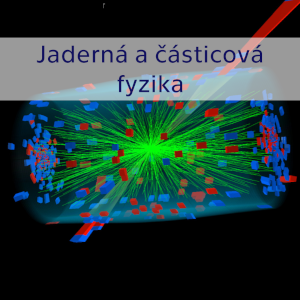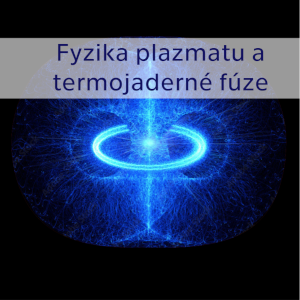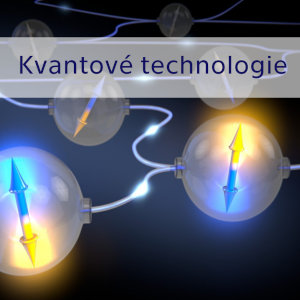Osnova / Outline:
Following attempts on the COMPASS tokamak at IPP Prague from 2011-2012 and successful attempts on the EAST tokamak in China from 2020 [2], a diamond coating has been used in tokamaks with the aim to reduce sputtering of a material of probes immersed deep into plasmas, and therefore limiting a plasma contamination and a damage to the probe. Extreme heat fluxes are expected [3] in the near-future on the COMPASS-U tokamak, a reciprocating probe at plasma separatrix (the border of the magnetically confined plasma volume ) needs to survive ~1 kW/mm2 (given by plasma exhaust; shallow impact angle drops it down to 100 W/mm2 of the surface) for ~10 ms (given by the reachable deceleration of the probe manipulator), roughly 50x more than on the actually operated COMPASS tokamak. There are five circumstances that can improve it:
- probe head as small as possible
- Langmuir probe with the rail shape aligned with a surrounding protecting surface [5]
- use of ball-pen probe to obtain plasma temperature
- increase the probe acceleration up to the mechanical limit ~100g [4] (i.e. minimizing the exposure time)
- use of a hard and low-sputtering surface made from a low-atomic number material (i.e. minimizing the erosion rate, therefore the plasma contamination). Diamond, in the form of nanocrystalline diamond coatings, seems to be an ideal candidate and is routinely manufactured at the Institute of Physics of the Czech Academy of Sciences [6].
The student’s goals will be:
- read chapters 1 and 4 of [1], write a recherche on high heat flux solutions for probes inserted into tokamak plasmas
- immerse the already prepared diamond coated samples into the GOLEM tokamak with the objective to insert it deeper than the already used graphite and boron-nitride probes
- to characterize the pristine and exposed probes using thin film and surface characterization techniques available at the Institute of Physics, e.g. scanning electron microscopy, Raman spectroscopy, atomic force microscopy, optical profiler, XPS...
- to determine the optimal diamond coating's properties (and growth conditions) for the highest heat fluxes (deepest plasma exposure)
If successful, which is not required to pass the MSc exam,
- coat the existing COMPASS deep reciprocating graphite probe head first with tungsten at ICDAM (ČVUT)
- then coat the probe pins with boron-doped conductive diamond and the head with pure diamond (FZU).
- Then, after the thesis, use it at the ASDEX Upgrade tokamak in Munchen.
Literatura / reference:
[1] J. Horacek, Res. Prof. thesis 2019
[2] C. Ionita et al. Materials 2020, 13, 4524
[3] V. Weinzettl et al. Fusion Engineering and Design 146 (2019) 1703–1707
[4] S. Lukes et al. Design of reciprocating probes and material-testing manipulator for COMPASS Upgrade tokamak. Poster at the European Conference on Plasma Diagnostics 2021.
[5] A. Q. Kuang et al. Rev. Sci. Instrum. 89, 043512 (2018)
[6] A. Taylor, et al. Journal of Alloys and Compounds 800 (2019) 327-333.





